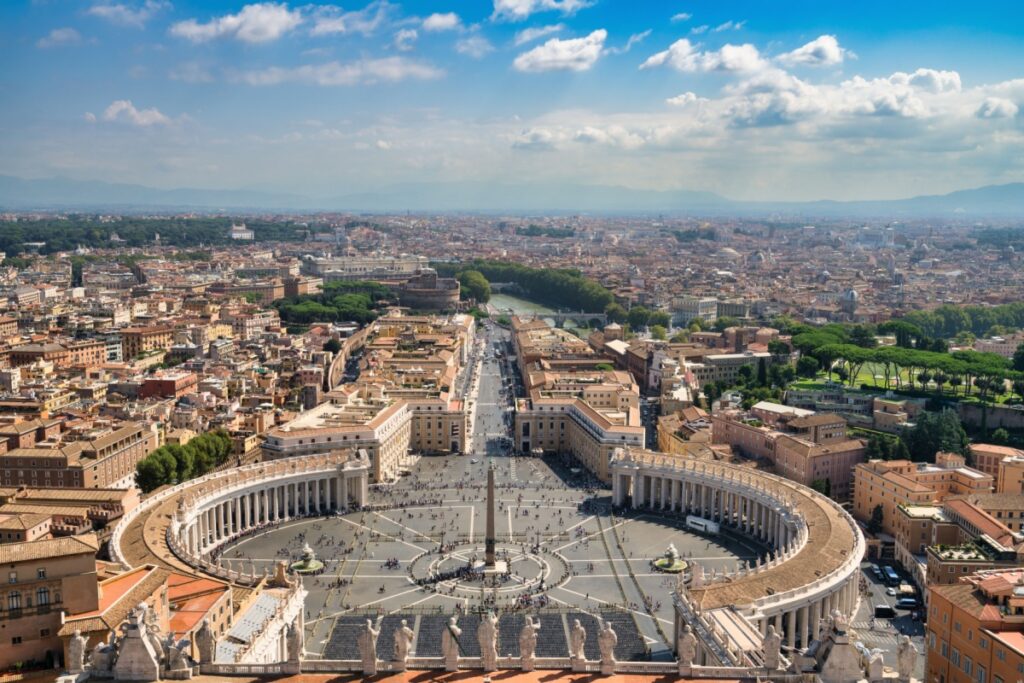Italy Backs Vatican Solar Farm to Power City-State
Italy has approved a plan with the Holy See to transform 430 hectares at Santa Maria di Galeria, north of Rome, into a solar farm capable of covering all of Vatican City’s electricity needs—a step that would make it the world’s first carbon-neutral state. The agreement was signed by Archbishop Paul Richard Gallagher, the Vatican’s foreign minister, and Francesco Di Nitto, Italy’s ambassador to the Holy See. Because the site enjoys extraterritorial status, the deal still requires Italian parliamentary approval before construction contracts can be tendered.
From Radio Towers to Renewable Power
The chosen site is steeped in history and controversy. Since the 1950s, Santa Maria di Galeria has hosted Vatican Radio’s short- and medium-wave antennas, which carried papal messages worldwide. As surrounding communities grew, residents raised health concerns about electromagnetic emissions. Courts ultimately cleared the transmitter, and the Vatican later reduced broadcast hours as digital distribution lowered costs. Repurposing the grounds for solar is intended to put dormant land to work while addressing local sensitivities and the Church’s climate commitments.
The shift also reflects a policy arc that began under Pope Francis, who in June 2024 ordered development of an agrivoltaic plant at Santa Maria di Galeria to accelerate the Vatican’s transition away from fossil fuels—building on the teaching of Laudato Si’ (2015) and Laudate Deum (2023). The initiative is now being carried forward by Pope Leo XIV, who visited the site in June and has embraced the goal of a carbon-neutral Vatican.
Price Tag, Land Use and the Road to Approval
Vatican officials estimate the solar buildout will cost under €100 million. The agreement specifies that development must preserve agricultural use of the land and minimize environmental impacts, a hallmark of agrivoltaic design that allows crop cultivation beneath and between panel arrays. Once Parliament ratifies the pact, the Holy See plans to open competitive bids for construction, a move intended to control costs and timelines.
If completed as envisioned, the plant would supply enough clean power to fully cover Vatican City State’s demand, eliminating the micro-nation’s reliance on Italy’s grid and associated emissions. Earlier Vatican planning documents envisioned using Santa Maria di Galeria for renewables; today’s accord turns that concept into a near-term infrastructure project with a clear governance pathway.
A Climate Legacy from Francis to Leo XIV
The solar farm is framed in Rome not only as an engineering project but as a moral commitment rooted in Catholic social teaching on creation care. Francis launched the effort to align the Church’s footprint with its message; Leo XIV is pledging to complete it, positioning the Vatican as a global example at a moment when faith communities are mobilizing to cut emissions. The plan dovetails with the Church’s broader sustainability programs that encourage institutions and parishes to halve emissions in line with the Paris Agreement pathway.
Beyond symbolic value, the build would turn a once-contentious radio enclave into a showcase for agrivoltaics: dual-use land management that can stabilize energy costs, protect farmland, and deliver measurable emissions reductions. With parliamentary approval and a successful tender, work could begin promptly—advancing a project that, for the first time, could make an entire sovereign state run on the sun.


